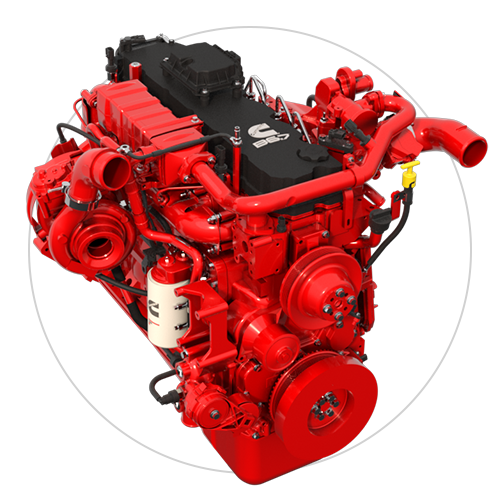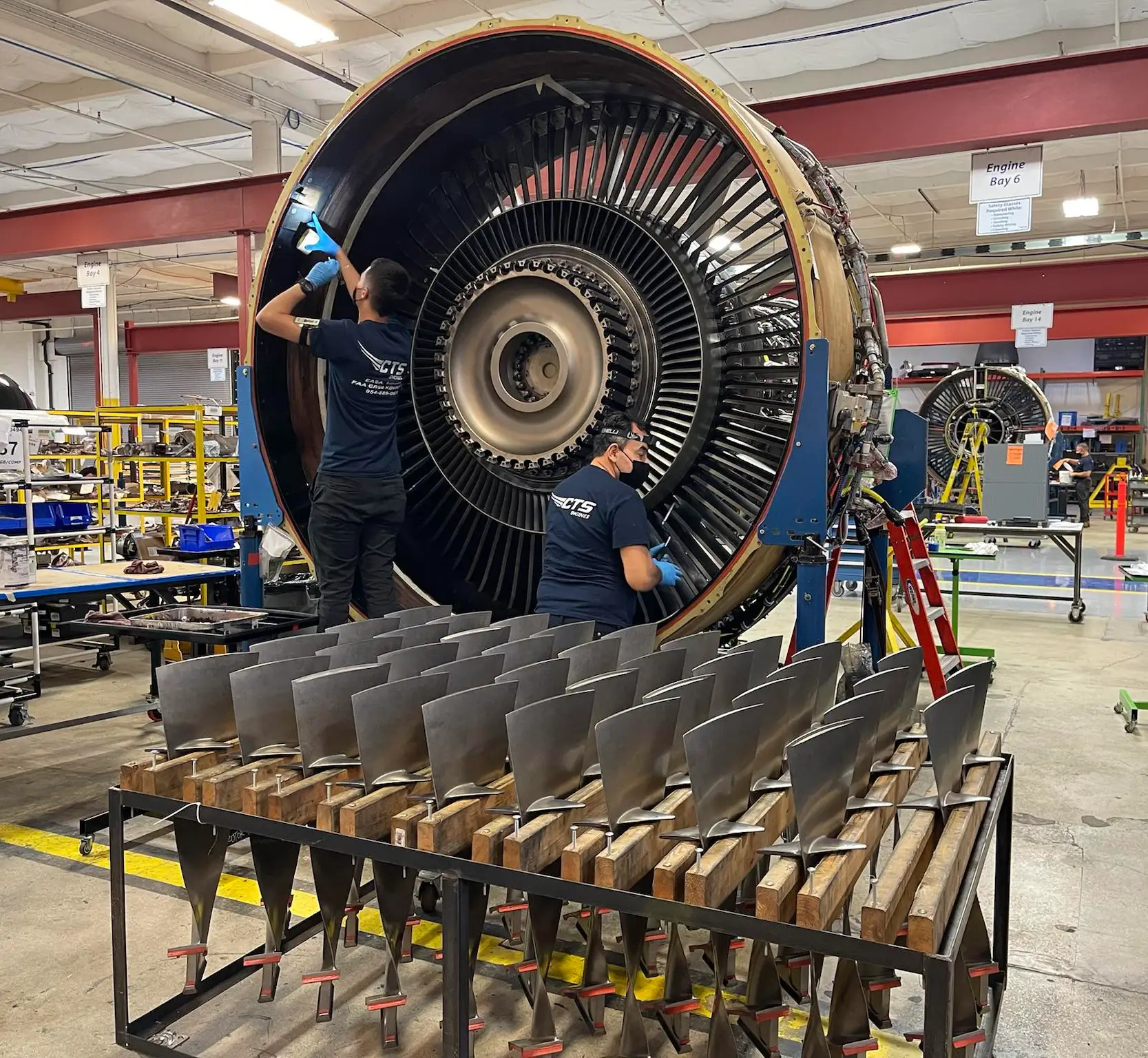Store Engines for Africa and More at Our Substantial Car Components Store
Store Engines for Africa and More at Our Substantial Car Components Store
Blog Article
The Mission for Ultimate Driving Power: Investigating the Pinnacle of Engine Performance and Technological Innovations in the Automotive Field
In the world of vehicle engineering, the search of optimum driving power has been a relentless pursuit that has actually unfolded with the development of engine design and the assimilation of innovative innovations. From the careful workmanship of combustion engines to the quick improvements in electric propulsion systems, the automotive industry stands at the cusp of a brand-new period characterized by unmatched performance capacities.
Evolution of Engine Layout

Furthermore, the integration of turbocharging and supercharging modern technologies has actually changed engine style by improving power without substantially raising engine dimension. These forced induction systems compress the intake air, permitting more gas to be ignited, thereby creating better power output from a smaller sized engine. This advancement has actually been specifically vital in boosting the efficiency of smaller sized variation engines while keeping fuel performance standards.

Performance-Enhancing Fuel Technologies
The execution of innovative fuel innovations has dramatically added to improving engine efficiency in modern-day automobiles. From conventional gasoline and diesel to ingenious biofuels, artificial fuels, and hydrogen, the auto sector is experiencing a transformation in fuel choices. Biofuels, derived from renewable sources like algae, sugarcane, or corn, deal minimized emissions and enhanced engine effectiveness. Synthetic gas, produced through chemical processes, supply high octane rankings, boosting power result. Hydrogen fuel cells, although still in the onset of adoption, show excellent promise because of their zero-emission nature and possibility for high performance. Additionally, fuel ingredients and cleaning agents are being developed to clean engine parts, maximize burning, and reduce rubbing, thereby boosting general automobile performance. With continuous r & d, the mission for the utmost driving power proceeds, as engineers aim to open the complete possibility of performance-enhancing gas innovations in the automobile sector.
Improvements in Electric Propulsion
Substantial strides in electrical propulsion innovation have actually transformed the automobile industry, leading the way for a brand-new age of effective and sustainable transportation. Electric automobiles (EVs) are acquiring appeal because of their environmental benefits and advancements in battery modern technology, allowing longer driving varieties and much shorter charging times. Producers are spending heavily in study and growth to improve the efficiency of electrical propulsion systems, concentrating on enhancing power result, boosting energy effectiveness, and reducing total weight.
One significant breakthrough in electric propulsion is the development of innovative electrical motors that deliver higher torque and power density, resulting in enhanced acceleration and overall driving efficiency. Additionally, regenerative stopping systems have actually been improved to record and save power throughout deceleration, further improving the efficiency of EVs.
Moreover, the integration of smart innovations, such as artificial knowledge and predictive analytics, is enhancing the management of electric propulsion systems, guaranteeing optimal efficiency under various driving conditions. These developments in electric propulsion are reshaping the auto landscape, driving the market towards a more lasting and electrified future.
Influence of Computational Liquid Dynamics
With advancements in electrical propulsion pushing the borders of vehicle modern technology, the integration of Computational Fluid Characteristics is playing an essential role in enhancing aerodynamic efficiency and boosting overall effectiveness in lorry design. Computational Fluid Dynamics (CFD) involves making use of computer simulations to examine the circulation of air around a vehicle, making it possible for designers to anticipate just how design adjustments will impact aerodynamics without the requirement for expensive physical prototypes. By accurately modeling air flow patterns, CFD permits for the improvement of lorry forms to decrease drag, enhance air conditioning, and boost security.
CFD enables engineers to maximize air movement around elements such as radiators, engine bays, and wheel wells, adding to improved efficiency and total driving experience. In conclusion, the assimilation of Computational Liquid Characteristics represents a substantial action forward in the mission for best driving power and effectiveness in the automotive industry.
Future Patterns in Engine Innovation
In the vibrant landscape of auto design, advanced developments are shaping the future trajectory of engine that site technology. The future of engine design is noted by a strong focus on efficiency, efficiency, and sustainability. Makers are increasingly concentrating on establishing engines that not only supply high power outcomes however additionally focus on ecological obligation by minimizing exhausts and enhancing gas performance.
One noticeable trend in engine advancement is the rise of electrification. Crossbreed and electrical powertrains are i loved this getting traction as viable options to traditional burning engines. These modern technologies offer the potential for significant decreases in carbon exhausts and boosted power effectiveness, aligning with worldwide efforts to battle climate change.
Moreover, innovations in materials science and production techniques are allowing the production of lighter and a lot more long lasting engine components. This shift in the direction of light-weight materials such as carbon fiber and light weight aluminum alloys contributes to improved performance and gas economy.
Verdict
Finally, the search of ultimate driving power in the vehicle market proceeds to drive developments in engine design, fuel innovations, electrical propulsion, and computational fluid dynamics. The evolution of these modern technologies is forming the future of engine advancement, leading the way for more powerful and effective vehicles (engines for africa). As the market continues to push the boundaries of what is feasible, we can anticipate to see a lot more cutting-edge developments in the pursuit for peak performance
One of the essential milestones in engine style advancement is the shift from typical carbureted engines to modern fuel-injected systems. By precisely metering the fuel shipment to each cyndrical tube, fuel-injected engines optimize burning, resulting in much better performance and reduced environmental impact.
Additionally, the combination of turbocharging and supercharging modern technologies has changed engine style by increasing power without significantly enhancing engine dimension (engines for africa).The application of sophisticated gas technologies has actually dramatically contributed to enhancing engine efficiency in modern-day lorries. Additionally, fuel additives and detergents are being created to tidy engine components, optimize burning, and decrease go to this site rubbing, consequently boosting overall car performance
Report this page